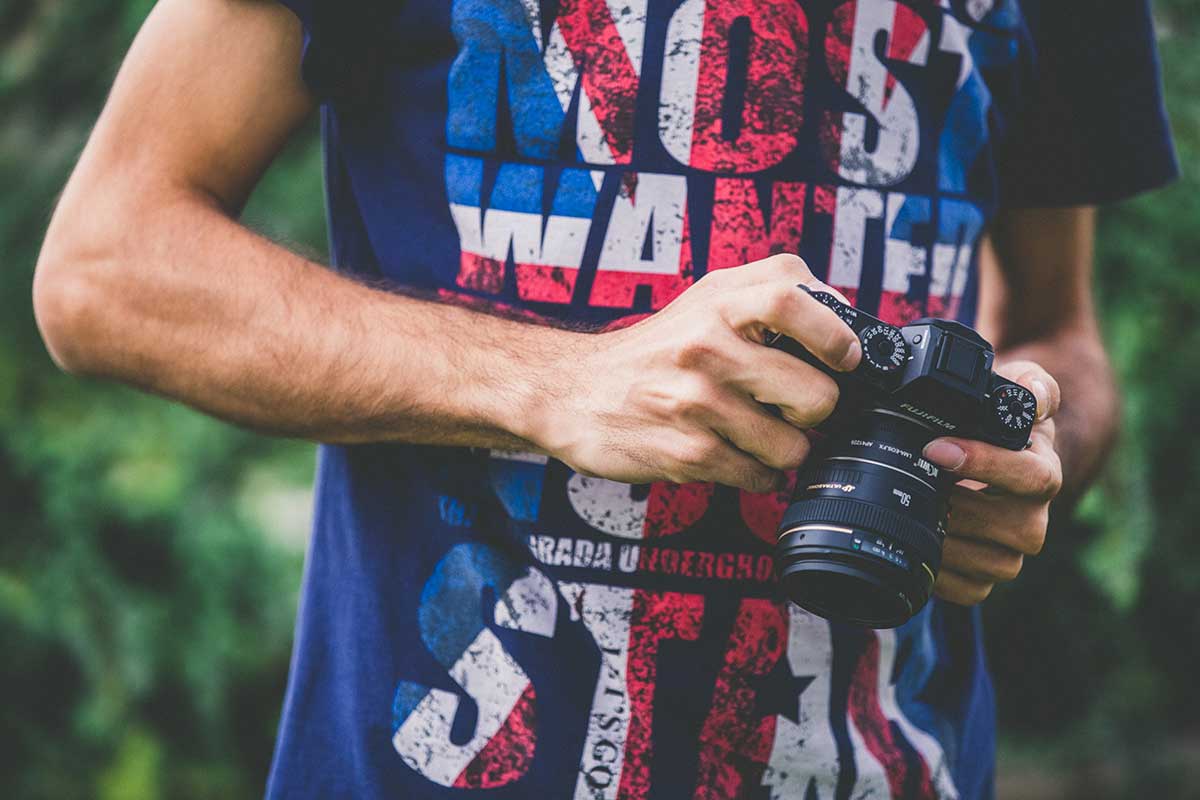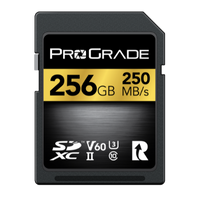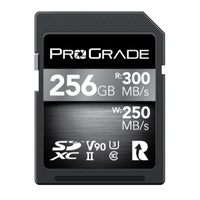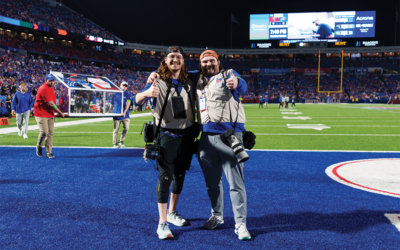Best Practices For Digital Memory Cards, Part 1
You are on a shoot and realize your memory cards are getting close to full. The event has a few more hours to go. You did not bring backup cards. What can you do—start freeing up space by deleting files in-camera? It turns out this practice could be very bad for the memory card’s health. Misconceptions abound when it comes to memory card handling and health. Jeff Cable, a ProGrade Digital Ambassador and six-time Olympics photographer, offers five tips for digital memory card care:
- Do not delete photo files from your memory card in-camera. In other words, do not go through your photos and delete them one by one using the delete button on your camera.
I see this all the time, and it is a terrible idea. Your camera is designed to capture photographs; it is not smart about managing data on your memory card. Deleting individual images from the card using your camera will scramble the file allocation table (FAT); liken the FAT to the directory system on a computer. Instead of deleting on the card, wait to download files to your computer or backup drive, then delete files once they reside on another device(s).
Do not go through your photos and delete one by one using the camera’s delete button.
- Format your memory card in your camera, not in your computer.
Countless websites advise individuals to format their memory cards in a computer. This is bad information. Format a memory card inside a camera.
- Format each memory card in the camera that will use it.
You should format the card in the camera that will use that card. I am currently shooting with three different Canon™ bodies, so I make sure to format each card in the camera that will use it. I also do not format one memory card in one camera, then place that card into a different camera. What if I mix up the cards — will things still work? Yes, but there is a very slight chance that this could cause issues down the road. It is also not a good idea to pull a memory card out of one camera, then place it into another brand camera and start capturing. I have seen photographers shoot with a Canon camera, pull the card out, place it into a Nikon™ camera, and then resume shooting. Reformat each card in each camera.
Memory card formatting should be done within the camera that will use that card. Don’t format one memory card in one camera, then place that card into a different camera.
- Format memory cards after each shoot.
Get into a routine of formatting after each shoot. Download the cards’ contents to your primary storage area, make one or two additional back-ups on a different storage drive(s), then format each card before the next use.
- Don’t fill a card completely.
Even though you may be using a top quality memory card from a reputable firm, it is not a good idea to fill a card completely. One of the reasons that I love shooting with large memory cards is that they provide me with tons of headroom. This headroom permits me to shoot a lot of photos, minus the worry about filling the card. Part 2 coming soon!
Jeff Cable is a United States-based professional photographer who formerly served as the director of marketing with Lexar. During his years there, he was asked all sorts of questions about the care and handling of digital memory cards. Jeff is also a ProGrade Digital Ambassador.





